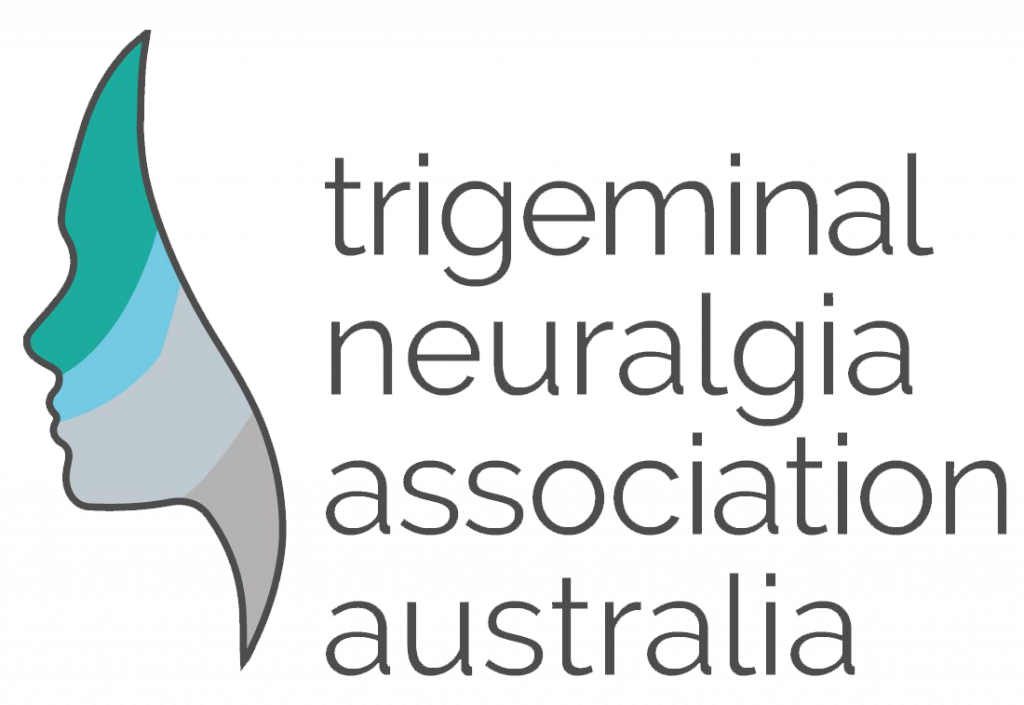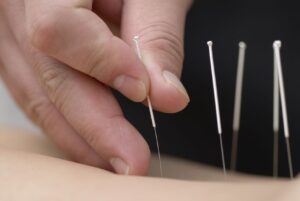Can acupuncture for the treatment of trigeminal neuralgia help reduce pain?
A review of studies and data to evaluate if acupuncture is useful as part of trigeminal neuralgia pain management plan.
ABSTRACT
Background and purpose: Few systematic reviews have examined the effects of acupuncture on trigeminal neuralgia. This review aims to provide up-to-date evidence on the efficacy of acupuncture for managing pain in patients with trigeminal neuralgia.
Methods: Eleven databases were searched from inception until November 2022 for relevant articles Two researchers independently conducted study selection, data extraction, and evaluation. The present review solely targeted randomized controlled trials (RCTs). The Cochrane risk of bias assessment tool 2.0 was employed to
assess the risk of bias. Data were compiled using RevMan 5.4.1 software, and the quality of the evidence was evaluated using the Grading of Recommendations, Assessment, Development, and Evaluation (GRADE)
approach.
Results: Thirty studies involving 2295 patients were included in this review. Compared with carbamazepine,
acupuncture led to improvements in pain scores (15 RCTs, mean difference (MD) – 1.40, 95% confidence interval
(CI)-1.82 to − 0.98 [95% prediction interval, − 3.137,0.343], p < 0.00001, low certainty of evidence (CoE)),
response rates (29 RCTs, risk ratio (RR) 1.20, 95% CI 1.15 to 1.25 [95% prediction interval, 1.067, 1.346], p <
0.00001, low CoE), frequency of pain attacks (2 RCTs, MD -2.53, 95% CI -4.11 to − 0.96, P = 0.002, low CoE),
and adverse effects (13 RCTs, risk difference (RD) − 0.15, 95% CI -0.19 to − 0.11 [95% prediction interval,
− 0.193, − 0.108], P < 0.00001, very low CoE).
Conclusion: Although the quality of evidence is low, compared with carbamazepine, acupuncture may improve
trigeminal neuralgia-related pain. Further rigorously designed studies are warranted to confirm the effects of acupuncture on patients with trigeminal neuralgia.
Research Document: Acupuncture for the treatment of trigeminal neuralgia: A systematic review and meta-analysis
What is acupuncture?
Acupuncture is an ancient medical practice, originating in China more than 2,000 years ago. It uses metal needles to stimulate points in the body, often with the addition of manual manipulation, heat or electrical stimulation. Some practitioners use lasers instead of needles to stimulate the acupuncture points.
While acupuncture does appear to help in the treatment of some conditions, the theory of acupuncture is not able to be explained by current medical science. It is considered a complementary therapy.
What is the difference between acupuncture and dry needling?
Like acupuncture, dry needling is a technique that involves puncturing the skin with fine needles to relieve pain. Dry needling targets trigger points in muscles to relieve pain and muscle tightness, while acupuncture stimulates nerves and aims to affect energy and organ systems.
Dry needling is most often performed by physiotherapists.
Is acupuncture effective?
Acupuncture may help relieve common types of pain including:
- neck and shoulder pain
- headaches and migraines
- fibromyalgia
Is acupuncture safe?
When performed by a suitably trained practitioner, acupuncture is generally considered to be safe for most people, but any procedure that involves puncturing the skin with needles or manipulating the human body carries some risk.
Potential side effects of acupuncture can include:
- bleeding or bruising at puncture sites
- infection at puncture sites
- contact dermatitis
- nerve damage
- transmission of blood-borne diseases, such as hepatitis C and HIV/AIDS
- puncture of organs
Acupuncturists should use sterile, disposable needles to prevent the transmission of blood-borne diseases and reduce the likelihood of infection at the puncture site.
What happens during acupuncture treatment?
A typical acupuncture session begins with a discussion of your problem and a physical examination.
The acupuncturist may then stimulate certain points on the body, either by inserting the fine metal needles or using a laser.
The needles used in acupuncture are typically much finer than the needles used to take blood, and the process is usually painless. Once the needles are inserted, they will be left in place while you lie still, and hopefully relaxed. As many as 20 needles may be used in one session.
The needles may be turned or wobbled as part of the treatment. The needles will be removed at the end of the session.
Should I talk to my doctor?
Yes, if you are planning on using acupuncture, it is important to discuss this with your doctor.
It may be important to discuss any possible conditions or medicines that may increase your likelihood of a poor outcome from acupuncture, such as
- bleeding problems or medicines that thin the blood
- reduced immunity
- some types of cancer
- a metal allergy
If you have an automatic implantable cardioverter-defibrillator or pacemaker, you should avoid electrical stimulation.
If you have any blood-borne diseases, such as hepatitis C or HIV/AIDS, you may need to discuss the risk of transmission with your doctor and acupuncturist before undergoing the procedure.
You shouldn’t delay or stop any medical treatment in favour of acupuncture without first discussing this with your doctor.
Where can I find an acupuncturist?
It is important to check the registration of your acupuncturist with the Australian Health Practitioner Regulation Agency (AHPRA). You can search for registered Chinese medicine practitioners on the AHPRA website.






